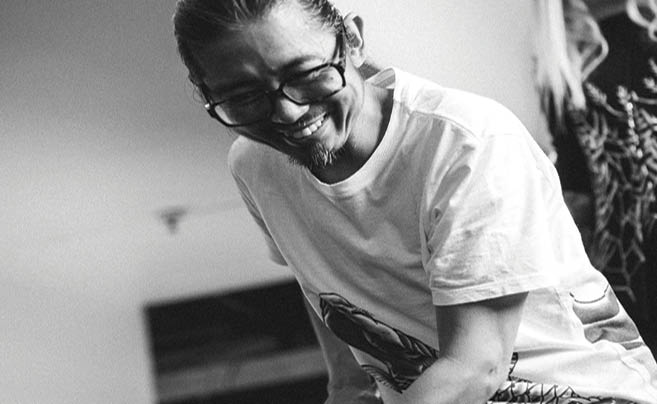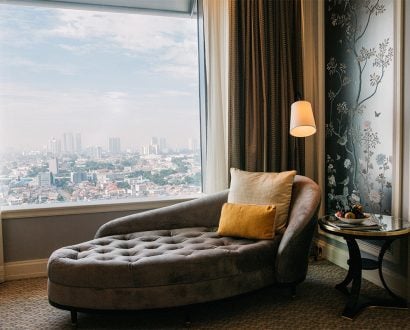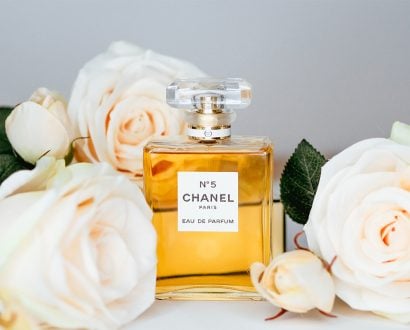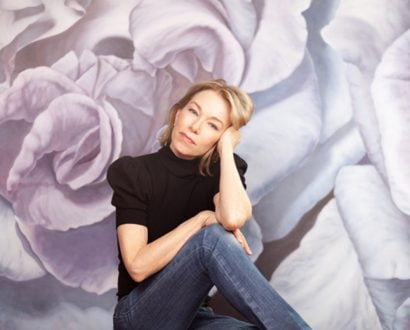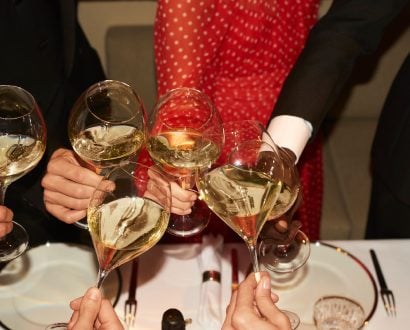Plum-red bleeds into black, and ashen-grey slowly fades to white. Inspecting one of Akira Isogawa’s flowing silk dresses is equivalent to beholding a work of art. Internationally-renowned for his label— which, more than 20 years after its establishment, continues to produce garments both delicate and unique—Akira is one of Australia’s national treasures. Riley Palmer speaks with this acclaimed fashion guru, and learns that each one of his garments is the end product of an intricate relationship between form and textiles.
How has Australia culture shaped your views of fashion?
I think Australia is one of the rare countries where people feel the freedom to dress in any way they wish.
Growing up in Kyoto, which is a traditional city in Japan with various temples, we had a strong sense of dress code: you wanted to wear clothes that showed respect. Even going to the opera in Paris, France, there is a more formal dress code.
But in Sydney, it’s not as strict. That sense of freedom has enabled me to keep my designs fresh.
What was it like to defy your parents’ expectations of you and move to Australia?
It was a big decision to make, really. My family is very conservative, and no-one has ever done anything like it. When I made the decision to apply for residency, I think my family was truly shocked; they never saw it coming. Fortunately, my mother was supportive. It must have taken her a few days, but she thought, if this is something that I’ve decided, and if I’m willing to take full responsibility, then it’s up to me. It took a bit longer for my father to accept the change.
Have you ever regretted making that decision?
That word—regret—never occurred to me. Actually, I’m really thankful that I made the decision, because I can’t quite imagine what it would be like if I’d had to stay in Japan. I can’t picture myself living there. I enjoy visiting Japan, but living there is something different.
Talk me through the design process from the page to the runway?
It’s a journey, really, the design process. First I establish a design for textile, and then I move on to designing form. I’m constantly sourcing inspiration: from paintings, watching movies, and visiting art galleries—it comes from anywhere and everywhere. Once I’ve established textile and design, I marry them together: the form and the textile.
You can download the full article below…

